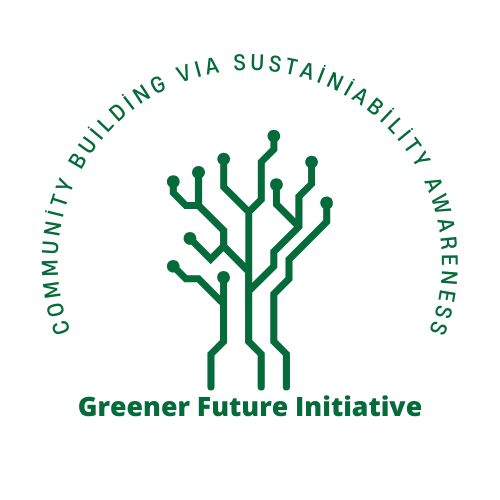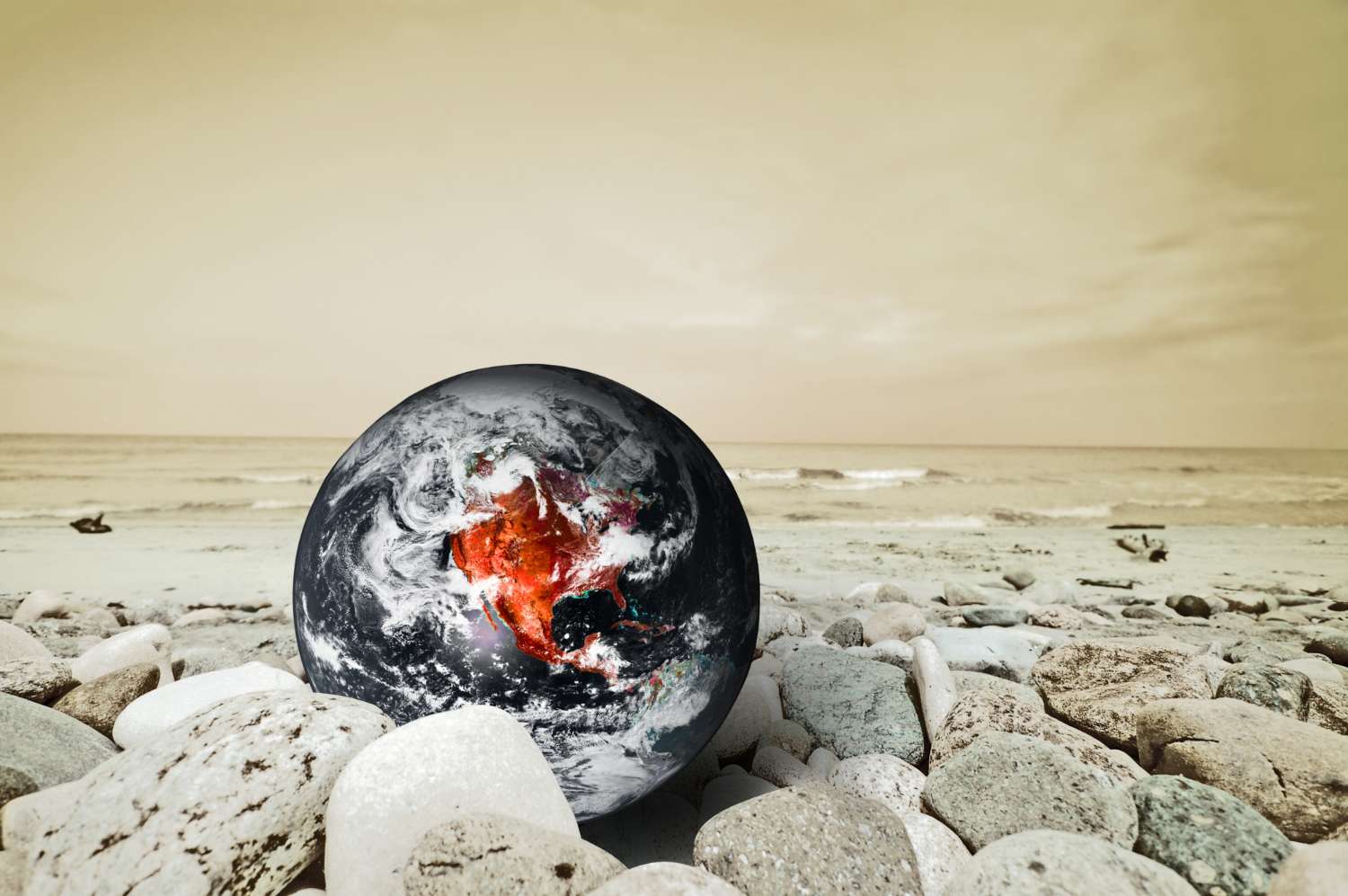Climate change is no longer a distant threat – it’s a reality we face today. The impacts of a warming planet are becoming increasingly evident, and the problems caused by climate change are not just environmental but also social, economic, and health-related. From extreme weather events to rising sea levels, climate change is reshaping our world in profound ways.
In this article, we’ll explore the problems we face today as a result of climate change, how they affect us, and what can be done to address them.
1. Extreme Weather Events
One of the most noticeable impacts of climate change is the increase in extreme weather events. Hurricanes, floods, wildfires, heatwaves, and droughts are happening more frequently and with greater intensity. The rising global temperatures are creating ideal conditions for these events to become more severe.
Hurricanes and Typhoons
Warmer ocean temperatures provide more energy to tropical storms, leading to stronger and more destructive hurricanes and typhoons. For example, in 2020, the Atlantic hurricane season saw a record number of storms, causing widespread devastation across the Caribbean and southeastern United States.
Flooding
As global temperatures rise, polar ice melts, and sea levels increase, coastal cities are increasingly at risk of flooding. Low-lying areas such as Miami, New York, and parts of Southeast Asia are particularly vulnerable. Furthermore, intense rainfall caused by higher temperatures can overwhelm drainage systems and lead to flash flooding in inland areas as well.
Wildfires
Rising temperatures and prolonged droughts are creating the perfect conditions for wildfires. In places like California, Australia, and parts of the Amazon rainforest, these fires are becoming more frequent and harder to control, causing loss of life, destruction of habitats, and severe air quality issues.
2. Rising Sea Levels
As glaciers and polar ice caps melt, and the oceans warm, sea levels are rising at an alarming rate. According to the Intergovernmental Panel on Climate Change (IPCC), global sea levels could rise by up to one meter by the end of the century. This poses an existential threat to coastal communities worldwide.
Coastal Erosion and Loss of Habitats
Rising sea levels are eroding coastlines and leading to the loss of valuable land. This impacts human settlements, agriculture, and natural habitats like mangroves and coral reefs, which play crucial roles in coastal ecosystems.
Displacement of Populations
Entire populations living in low-lying coastal areas are at risk of displacement. Countries such as the Maldives and Kiribati are facing the possibility of being submerged entirely within the next few decades. The migration of people due to sea-level rise, known as “climate refugees,” is already becoming a significant issue, with millions of people at risk of losing their homes and livelihoods.
3. Threats to Biodiversity
Climate change is disrupting ecosystems and threatening the survival of many plant and animal species. Rising temperatures, altered precipitation patterns, and changes in the timing of seasons are forcing species to adapt or face extinction.
Habitat Destruction
The melting of ice in the Arctic is endangering species that rely on cold environments, such as polar bears, seals, and penguins. In tropical regions, coral reefs, which are vital for marine biodiversity, are suffering from coral bleaching caused by ocean warming. These ecosystems are home to countless species and provide essential services to human populations, including food and coastal protection.
Disrupted Migration Patterns
Many animal species migrate based on seasonal cues such as temperature or food availability. As the climate changes, these cues are being altered, disrupting migration patterns. For instance, migratory birds may arrive at their destinations too early or too late, making it difficult for them to find food or suitable breeding grounds.
Threatened Agriculture
Climate change is also affecting agricultural biodiversity. Extreme weather events, changes in rainfall patterns, and rising temperatures are making it more difficult for farmers to grow certain crops. This can lead to food insecurity and a loss of genetic diversity in crops, as some varieties may no longer be able to thrive in changing conditions.
4. Impacts on Human Health
The health impacts of climate change are wide-ranging and are already being felt in many parts of the world. Rising temperatures and altered weather patterns can exacerbate a variety of health problems, from heatstroke to the spread of infectious diseases.
Heat-related Illnesses
As heatwaves become more frequent and intense, the risk of heat-related illnesses, such as heat exhaustion and heatstroke, increases. Vulnerable populations such as the elderly, children, and those with preexisting health conditions are at particular risk. In cities, the urban heat island effect exacerbates the problem, as concrete and asphalt absorb and retain heat, making it even hotter than in surrounding rural areas.
Spread of Infectious Diseases
Changes in climate are also affecting the spread of infectious diseases. Warmer temperatures and altered rainfall patterns are creating more favorable conditions for mosquitoes and other vectors that transmit diseases like malaria, dengue, and Zika virus. In addition, changing ecosystems can cause diseases to spread to new areas, placing new populations at risk.
Air Quality and Respiratory Issues
Climate change is contributing to poorer air quality. The increased frequency of wildfires, particularly in regions like California and Australia, has caused dangerously high levels of particulate matter in the air, which can lead to respiratory problems and cardiovascular diseases. Additionally, the warmer temperatures and increased pollution in urban areas exacerbate asthma and other chronic respiratory conditions.
5. Economic Disruption
Climate change is not only a threat to the environment and public health but also to the global economy. The economic costs of climate-related disasters and the need for adaptation strategies are becoming more apparent.
Damage to Infrastructure
Extreme weather events, such as hurricanes, floods, and wildfires, can cause extensive damage to infrastructure. This includes homes, schools, hospitals, roads, and power grids. The costs of repairing and rebuilding after these disasters are staggering, placing a strain on local economies and governments.
Impact on Agriculture and Food Security
Climate change is affecting agricultural productivity, with changing rainfall patterns, droughts, and flooding threatening crop yields. This impacts food security, driving up food prices and making it harder for people to access affordable, nutritious food. Regions that are already vulnerable to food insecurity, such as parts of Africa and Southeast Asia, are facing the brunt of these changes.
Job Losses in Vulnerable Sectors
Industries that depend on stable environmental conditions, such as agriculture, fishing, and tourism, are particularly vulnerable to the impacts of climate change. As weather patterns become more erratic, jobs in these sectors may be lost, contributing to increased unemployment and poverty.
6. Social and Political Instability
The impacts of climate change are also contributing to social and political instability. The displacement of populations due to rising sea levels, droughts, and extreme weather events can create tensions between groups competing for resources. Additionally, climate-induced migration may exacerbate existing political conflicts, leading to instability in vulnerable regions.
Resource Conflicts
As resources like water and arable land become scarcer due to climate change, competition for these resources can lead to conflicts. For example, in parts of the Middle East and Africa, droughts have already contributed to resource-based conflicts. These tensions are likely to escalate as climate change continues to worsen.
Climate Migration and Refugees
As parts of the world become uninhabitable due to extreme weather events or rising sea levels, climate refugees are forced to migrate. This movement can strain infrastructure and social systems in receiving countries, creating political challenges and potential social unrest.
7. The Need for Urgent Action
The problems we face today due to climate change are numerous and diverse, but they are not insurmountable. Urgent action is needed to mitigate the effects of climate change and adapt to the new realities we are facing. Governments, businesses, and individuals must work together to reduce greenhouse gas emissions, transition to renewable energy, and implement sustainable practices.
Renewable Energy
A shift toward renewable energy sources like wind, solar, and hydropower is essential to reducing emissions and mitigating climate change. Transitioning away from fossil fuels and investing in clean energy infrastructure will help reduce the carbon footprint and create new job opportunities.
Conservation Efforts
Protecting and restoring ecosystems such as forests, wetlands, and coral reefs is crucial in preserving biodiversity and helping communities adapt to climate change. These ecosystems act as carbon sinks, absorb pollutants, and provide essential services like clean water.
International Cooperation
Climate change is a global problem that requires international cooperation. Countries must work together to meet climate goals, share resources, and support those most affected by climate change. The Paris Agreement is a step in the right direction, but more needs to be done to ensure that nations meet their emissions reduction targets and provide financial assistance to developing countries.
Conclusion
Climate change is one of the most pressing challenges of our time, and its effects are already being felt in every corner of the world. From extreme weather events and rising sea levels to threats to biodiversity and human health, the problems we face are complex and interconnected. However, with collective action, innovation, and determination, it is possible to mitigate the impacts of climate change and create a more sustainable future for generations to come.
By prioritizing renewable energy, conservation, and international cooperation, we can address the root causes of climate change and work toward a world that is more resilient, equitable, and environmentally sustainable.
It’s time for us all to take responsibility and act before the consequences become even more severe.

